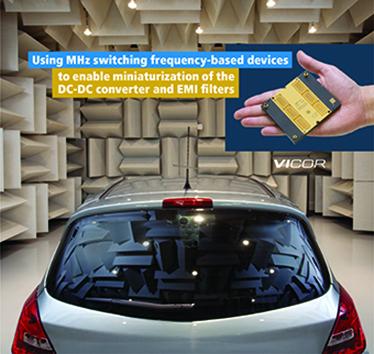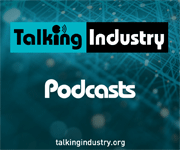
MHz switching frequency-based devices enable miniaturization of the DC-DC converter and EMI filters
Achieving EMI conducted emission compliance for automobiles with a single stage filter. By Nicola Rosano, Sr. Strategic FA/System Engineer at Vicor
More details...
A full brick package developed by TDK-Lambda, the PF1500B-360, is for high voltage distributed power architectures
More details...
They achieve zero quiescent current draw from the battery which means that if energy harvesting stops for a prolonged period of time, stored energy will not be wasted supplying the PMIC.
The integrated AEM10900 PMIC boost converter is optimised for solar-based energy harvesting implementations, working with a single cell photovoltaic panel. It has fast maximum power point tracking (MPPT) which allows it to get the most energy from the ambient illumination available. It also has a 250mV cold start capability, enabling it to commence charging the battery even when light intensities are very low. An I2C interface minimises the pin count while increasing the potential configurations, says e-peas. The converter also includes battery thermal protection, a joule counter to inform the user how much energy has been harvested. Target applications are wearable consumer products and body-worn medical monitoring equipment.
The AEM10300 and AEM30300 both have built-in low power DC/DC converters for operation over 100mV to 4.5V input. Adaptive energy management ensures the devices automatically switch between boost, buck-boost and buck operational configurations to maintain optimal energy transfer between inputs and the storage element.
The AEM10900, AEM10300 and AEM30300 battery chargers PMICs only require three external components which contributes to a low bill of materials, while also minimising board space.
The AEM10300 and AEM30300 are supplied in a 28-pin QFN package format, measuring 4.0 x 4.0mm and the AEM10900 is available in either the 28-pin QFN package or a 16-pin WLCSP (2.0 x 2.0mm).
View PDF
| Privacy Policy | Site Map | © Copyright DFA Media
| Web design by Immersive Media


